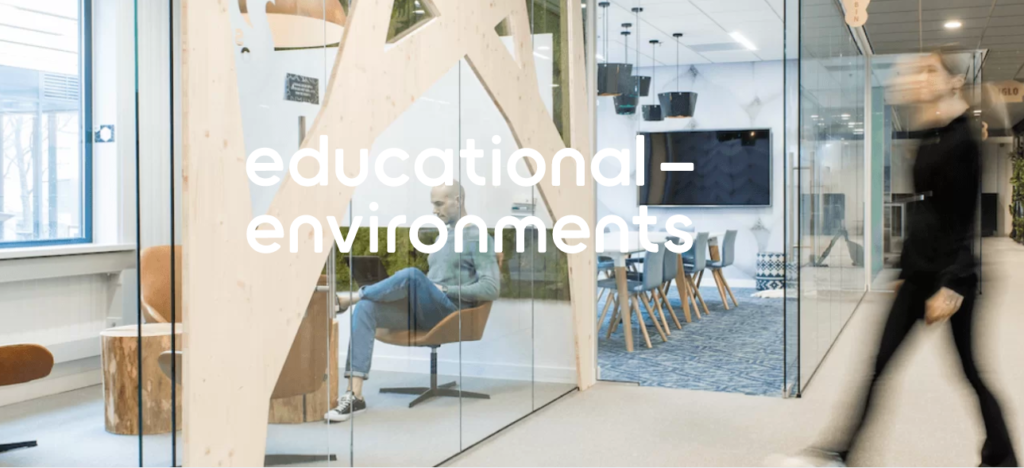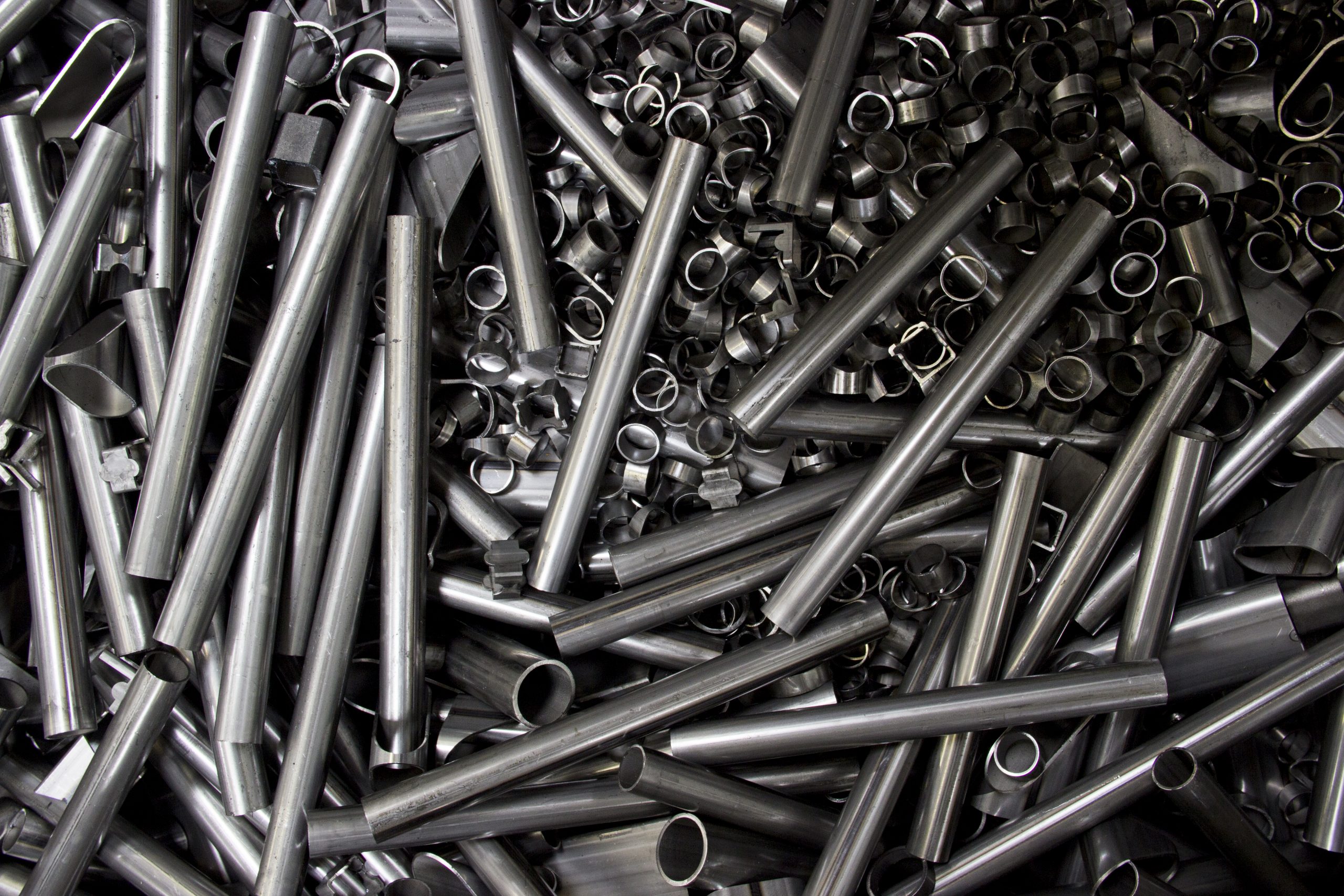
Made in Holland
Welcome to our factory
Eromesmarko takes pride in being one of the few furniture manufacturers to be able to say that all of its own products are produced entirely in the Netherlands. This guarantees that all our products are manufactured according to the highest quality standards and under good working conditions. Furthermore, we are also very pleased with our environmentally friendly production facilities. Our location in the city of Wijchen, where we make our steel furniture, is even one of the cleanest factories in the Netherlands, with a completely carbon-neutral and virtually 100% waste-free production process. But most importantly, we are very proud of our passionate employees, who work hard every day to produce the most sustainable, high-quality and beautiful school furniture. For that reason, we would like to let them tell you how their department works, to give you a good idea of the whole process, from steel to chair.
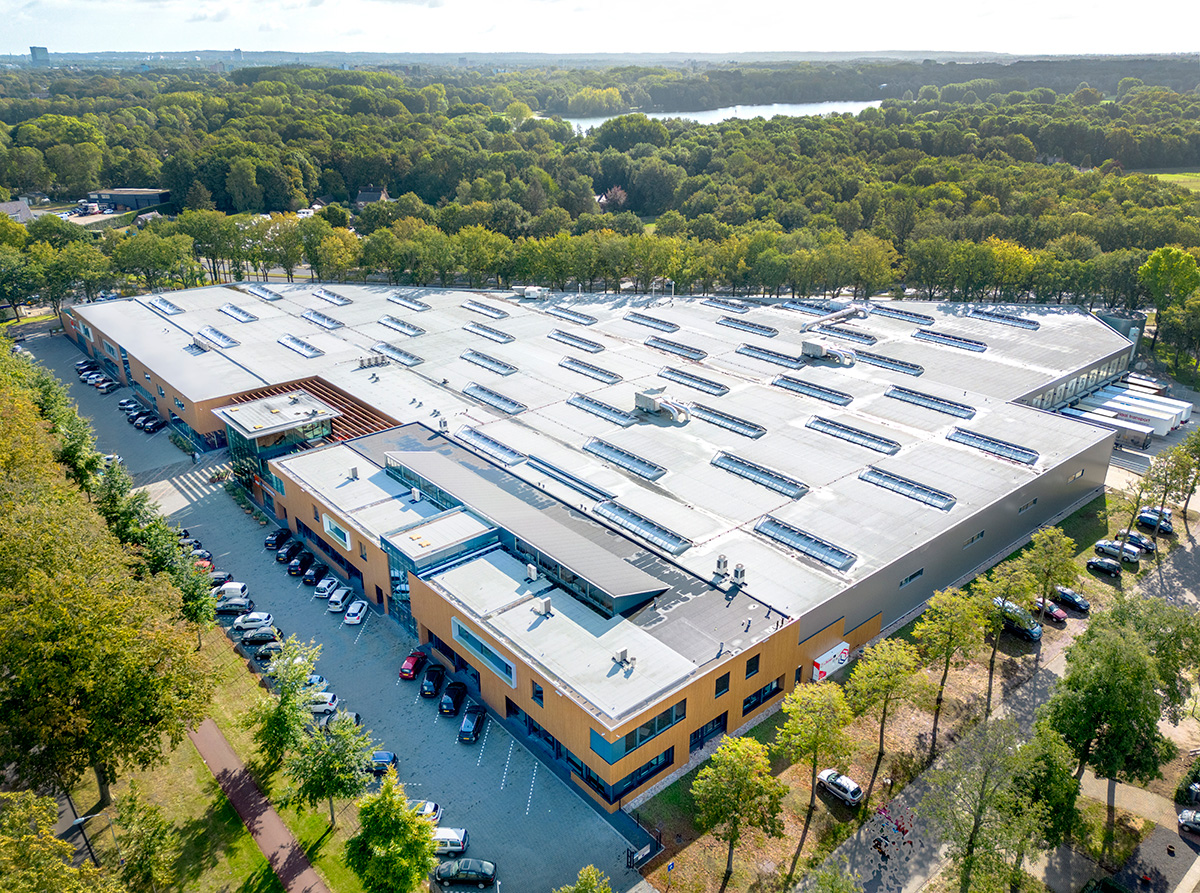
helpful

From steel to frame
Metal
On one end of the production hall, the >30% recycled steel from our local suppliers arrives for initial processing: “In the metal department we manufacture entire welded frames, mainly for chairs and tables, from the bundles of iron that come in. We start by laser cutting the parts with our laser machine. Then the parts go either to our extensive semi-finished warehouse or to the bending shop, where the parts are bent into the right shape with our Veenstra and Wafios bending machines. All equipment is CNC-driven, which means that it is controlled very precisely by a highly specialised computer system. The Wafios machines are also equipped with a camera recognition system. Finally, we weld the frames on one of the four OTC MAG welding robots, our Panasonic TIG/MAG welding robot or by hand. Other work we do is sawing, drilling/tapping and punching.”
The mono rail
Paint shop (1)
All newly welded frames as well as the ones to be revitalised are then sent to the paint shop: “Not only do we work closely together within the department, but also between the departments. When the metal department informs us that new items have been manufactured, they are sorted and stored by a runner in a buffer zone. From here, they are prepared for the paint shop according to the daily schedule of our team leader. We work with a full powder coating system in combination with a monorail that ensures a continuous process. The frames are attached to this by a suspension team consisting of a hooks inspector, who checks whether the right items are ready and hangs the corresponding hooks on the moving rail, and another person who hangs the items on the hooks and keeps the area tidy.”
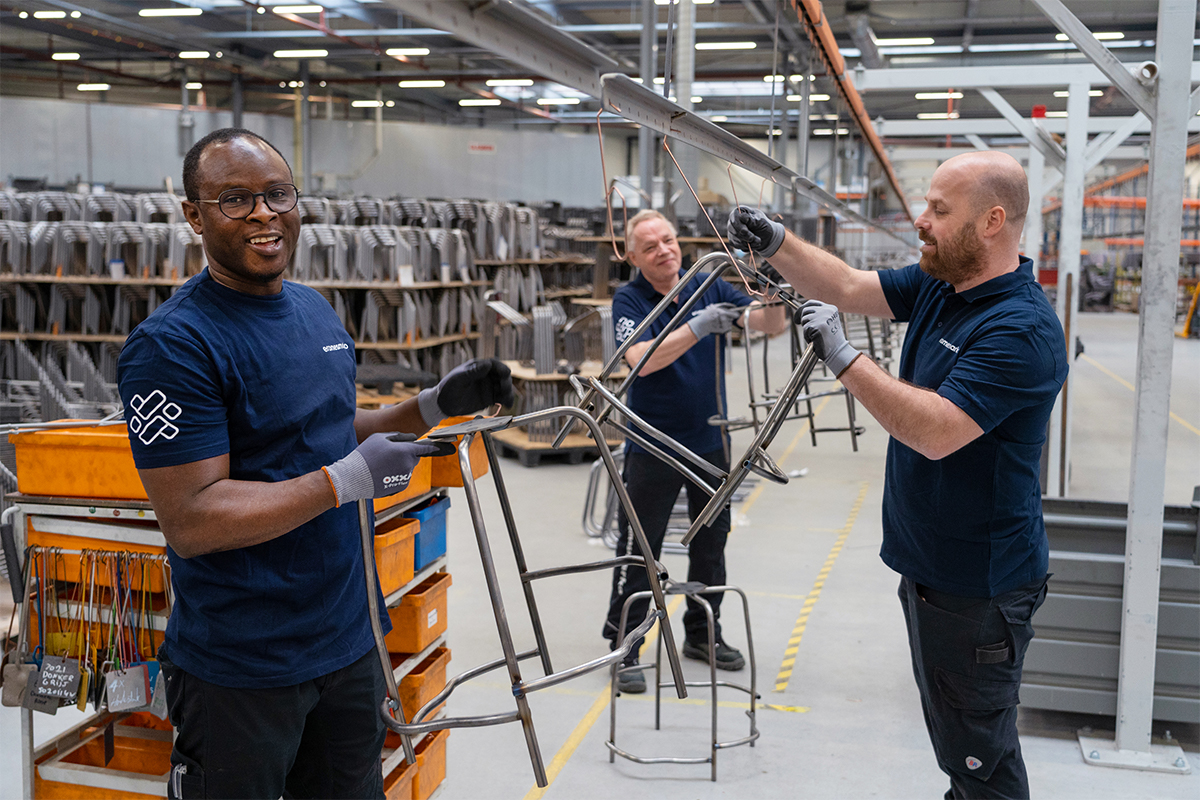

The spray booth
Paint shop (2)
Then the actual powder coating begins; a clean and efficient technology that also offers good value for money. “After the items have been pre-processed and passed through the drying oven, they arrive at the spraying booth fitted with a spraying robot. A sprayer is responsible for touching up areas that are difficult for the robot to reach. He also cleans the spraying booth and the powder station several times a day when the powder colour is changed. A lot of experience is needed here, because when different powder coatings get mixed up, it shows immediately in the end result. When the items have been sprayed and cured in the curing oven, they arrive at the collector who checks them, takes them off the rail and prepares them for the assembly department.”
Tables and chairs
Assembly (1)
” There is a dedicated assembly line for both the student chairs and the student tables that employs 6 to 7 people. During the busy period, both belts are in continuous use with 7 employees. One of these employees always acts as a runner, preparing all parts and other supplies (frames, backs, seats, shells, caps, screws, and so on). On the assembly line, the shell is always placed on the frame first and provided with an identification label. Then the leg caps, adapters, colour sticker indicating the height, footrests and other parts are added. Finally, the shell is screwed to the frame or the back and seat are fixed with pop rivets. The complete products can now be stacked, sealed and labelled for shipping.
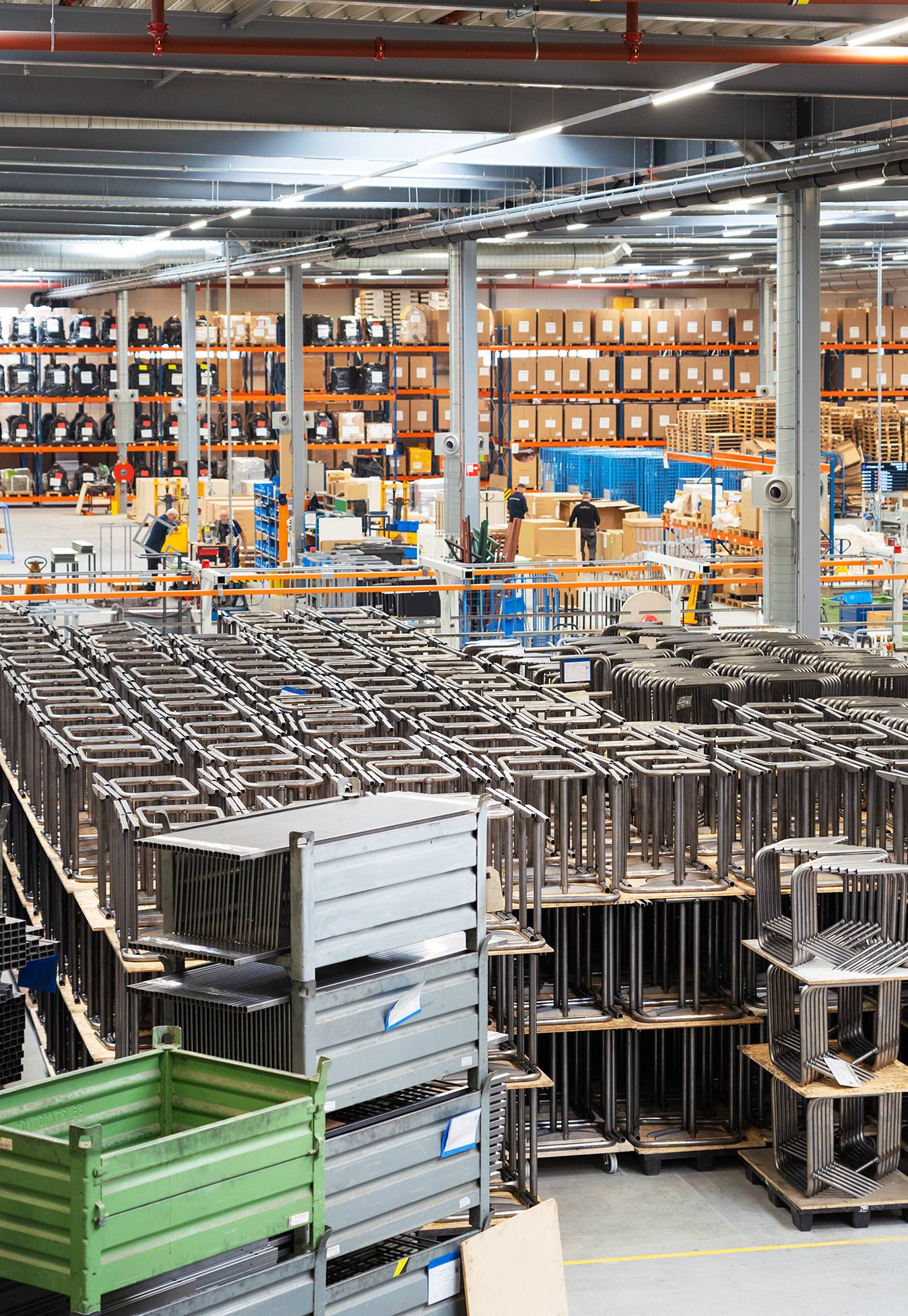
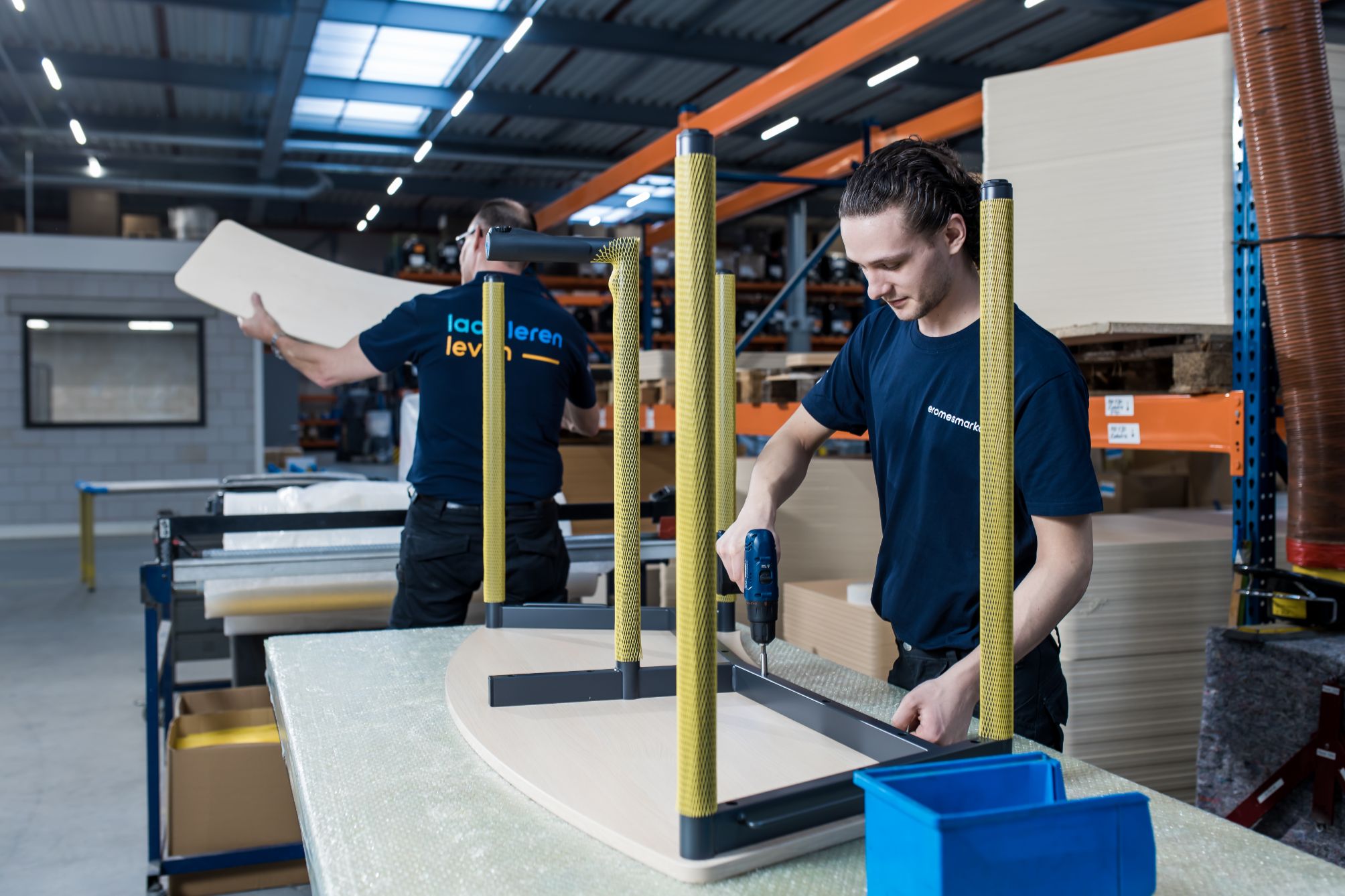
Other products
Assembly (2)
All products that cannot be assembled on the assembly line go to a separate assembly department. “In this department, each workstation is set up for specific products. There are three departments for this: the first is specialised in larger tables and desks from the Luma, Dekring and Mix ranges, the second is for upholstered (work) chairs such as for our Seda Nova and department 3 assembles all kinds of other product ranges such as Desq, Take a Break, Lola, Opta and Level. The wooden table tops, metal sheets and upholstery come from our sister companies in the Fair Furniture Group, who manufacture them in Hoogeveen and Emmen. The technicians are well attuned to each other; for larger batches they work in a continuous flow process in which the tact time (the time per action) is adjusted to the size of the team.”
From production to shipping
Shipping
“The completely assembled products are stacked on a pallet, sealed or packed, provided with a batch label and placed in transport carts protected by sustainable textile blankets. They are either temporarily stored in a rack that serves as a buffer, or directly prepared for scheduled shipments. The items are loaded into the trucks as efficiently as possible to avoid unnecessary journeys, after which our own drivers take them to the client. The protection and transport materials and returned items that they transport directly back are also unloaded here. We are also responsible for handling transportation flows between the various production sites and controlling the flow of residual materials so that they can be sustainably processed and our production here can be waste-free.”
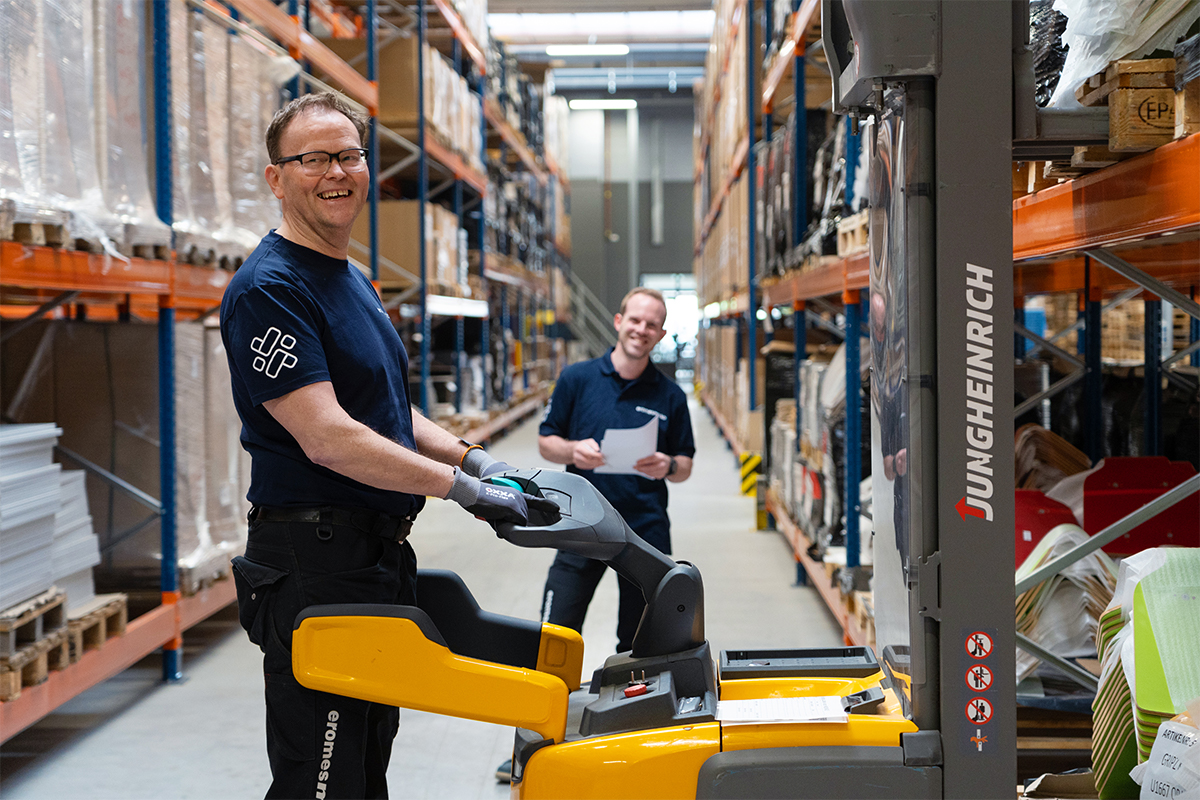



 +31 (0) 247 502 300
+31 (0) 247 502 300 info@eromesmarko.nl
info@eromesmarko.nl




 +31 (0) 247 502 300
+31 (0) 247 502 300 info@eromesmarko.nl
info@eromesmarko.nl